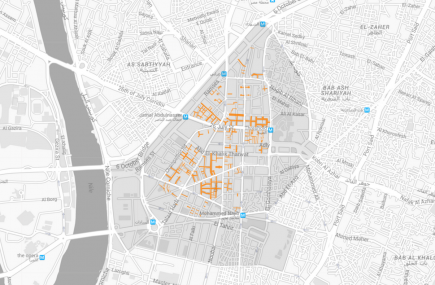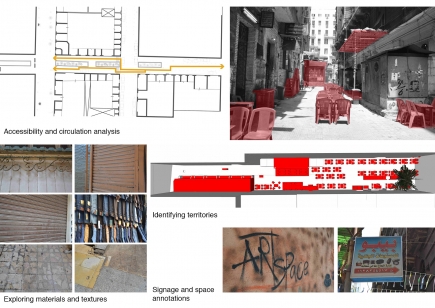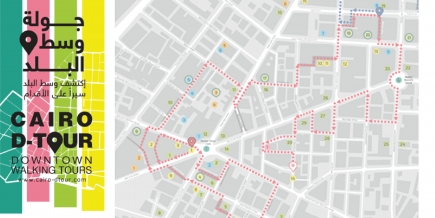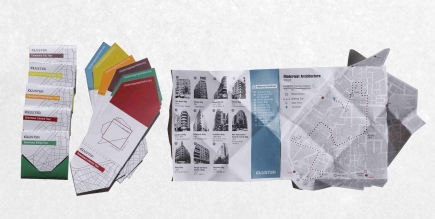Gertrude Bellʼs seminal work Palace and Mosque at Ukhaiḍir: a Study in Early Mohammadan Architecture, published in 1914 to much praise and critical acclaim, was given little credit and few footnotes in later accounts by her successors. Her keen observations made on an earlier journey from Jerusalem to Jebel Druze and over the desert to Damascus and a second one from Aleppo down the Euphrates caravan route to Baghdad were recorded in highly readable volumes: The Desert and the Sown (1907) and Amurath to Amurath (1911), respectively. Her critical eye may at times have led to hasty comments, but she enjoyed a lively debate, and was eager to learn from peers. World War I curtailed her scientific output and exhausted after her last great trip to the Nejd, her plans and observations remain largely unpublished, except a brief two-page note and a posthumous account by David Hogarth. This intrepid traveller and map maker laid the foundations for future studies and this paper aims to collate and evaluate her contribution drawing on unpublished plans and notes from the Royal Geographical Society and archival material in the Victoria & Albert Museum .
Rosalind Wade Haddon worked in Iraq between 1969 and 1971, inspiring her to follow a career in Middle Eastern archaeology. In 1976 she graduated from the University of Birmingham with a BA Hons in the Ancient History and Archaeology of the Near East. Following two seasons of excavating Islamic levels on the Amman Citadel and short contracts working in North Yemen she was appointed archaeological adviser to the National Museum, Sanaa from 1978-1983. She attained an MA in Islamic Art and Archaeology from the American University, Cairo in 1992 and recently a PhD from the School of Oriental & African Studies, London University. She is currently a researcher on the Samarra Finds Project at the Victoria & Albert Museum, writing a chapter on Mamluk pottery in the Khalili Collection for the Nour Foundation’s volume on Later Islamic Pottery, and a member of the Syrian-German archaeological team that excavated an area of the Aleppo citadel and is publishing their 10th-13th century pottery finds.
(This event has passed)








